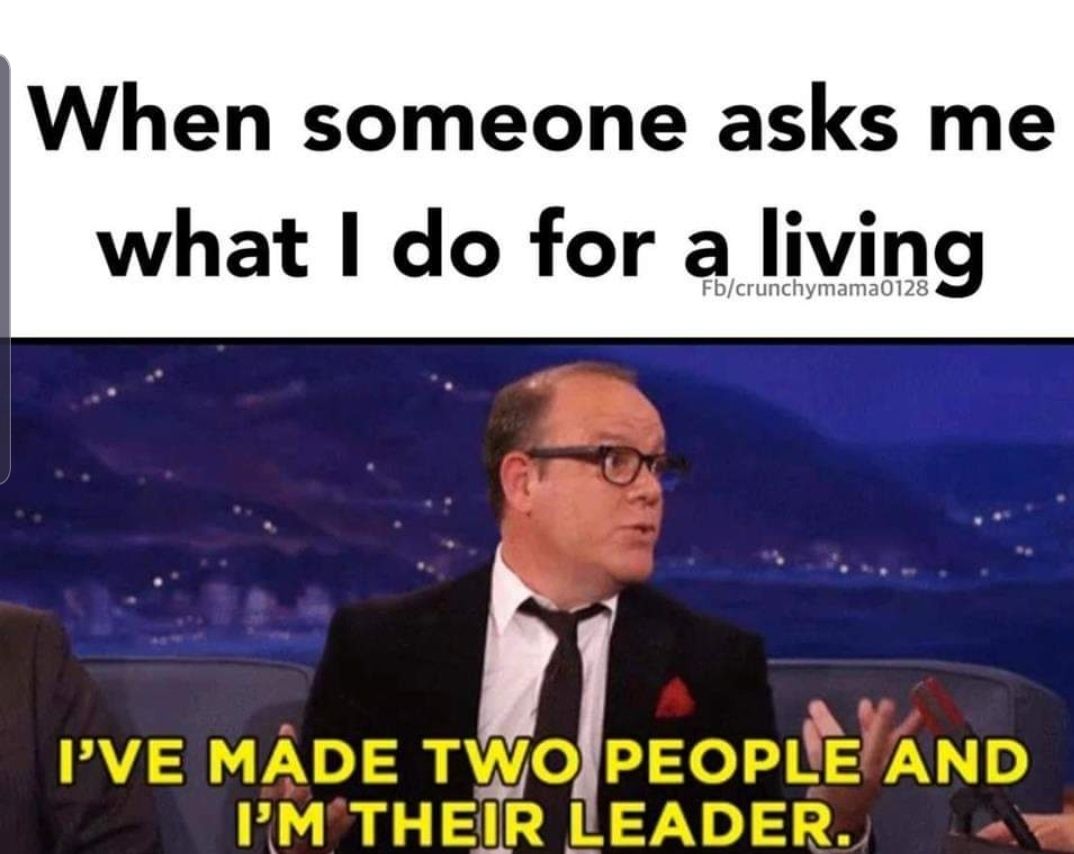Excerpt:
"One of my four-year-old twins is obsessed with death. She wants to know everything about dying. Again and again, she asks me to tell her about what happens when people die. Initially, I was a little surprised by her fascination with ‘died’ people, as she calls them, but then it became clear that she was thinking a lot about this whenever she was quiet.
‘Will you tell me more about dying. What happens when people die?’ she asks me every night before bed.
‘Their bodies stop working. Their hearts stop working,’ I tell her.
‘Is this what happened with Naanaa?’
Naanaa – my father, their grandfather – died in November last year. The twins met him only once, just before their third birthday when we visited India in 2019, although we tried to speak regularly over FaceTime. We were due to visit again in early 2020, but then the COVID-19 pandemic struck, and slowly he became more ill, more frail; the loneliness and isolation of the lockdown, and the lack of adequate healthcare during these weeks and months, took their toll on him.
Preschool children can make sense of death, but only through their parent’s grief, and this is clearly what is happening here: I’d travelled to India and stayed for a week after my father’s funeral and was very open with my children about my sadness. I want them to understand that their grandfather is dead, and I want them to know him, if only through my memories. I also want to normalise talking about death going hand-in-hand with life, especially as right now, with the world in the midst of an unprecedented pandemic crisis, my children hear my husband and I talking about death so often."

There is a difference between people advocating for human rights abuses and people saying that some actor does in fact not engage in human rights abuses. The difference is stark and even there, if the actor would in fact in engage in human right abuses.
An open society must tolerate the later. I.e. we must tolerate that people dispute that human right abuses occur or occurred. This is because you cannot judge someone purely due to getting the facts wrong or not knowing them.
If we wouldn't allow this, we would de-facto argue for a totalitarian state, since we wouldn't allow people disputing facts (which can be proven or disproven). We would have to nominate some entity that judges what is fact and what isn't, which is the opposite to gathering evidence and engaging in an open, society wide discussion.
To be clear: Allowing discussions around whether abuses occur is notably different to letting people get away with advocating for abuses. The latter is what needs strong responses. The former is what requires engagement.
I don't see anything on lemmy or in the mastodon thread that shows that human rights abuses are advocated for. What I do see is that there are some fractions that show sympathies to China which you would otherwise only see for the USA. I think its useful to compare these sympathies because they seem to express themselves in similar ways.
With all that said, I think the opinion expressed in the mastodon thread is not particularly useful. It, in many ways, minimises real human rights abuses that occur world wide, day to day, in China, USA, and many other countries in East and West.
Let's call out the abuses, let's discuss and present the evidence for them, let's not alienate people and create polarity that looks like us-vs-them.